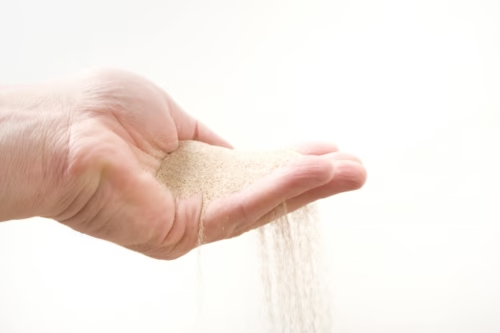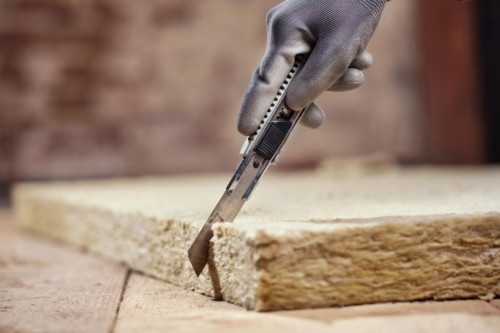- Building Materials
- Insulation
- Landscaping

With over 30 years in the builders’ merchant trade, Andrew brings deep knowledge of everything from civils to timber. Now part of the Gilmore team, he helps customers make the right choices with advice built on decades of hands-on experience.

Aircrete blocks are a strong, but light, thermally efficient choice for many construction projects, with lots of advantages over traditional dense concrete. They can be specified for loadbearing applications, thermal envelopes, acoustic performance, to name three of the areas where they excel.
Here’s Gilmore’s two-minute best-practice guide to using aircrete blocks on your project!
Busted! Actually, you can. You can use Aircrete Blocks for load bearing walls. Aircrete technology is first and foremost about strength paired with insulating performance and fire resistance.
Aircrete blocks are lightweight, and easy to handle and cut, but this doesn’t mean that they are less able to support structural loads.
A load bearing wall is one that commonly supports other structural elements within a building, floor joists, a wall on the floor above, or any other item that needs its load transferred to the foundations below. Aircrete blocks are ideal for internal, party, or external load bearing walls.
Busted! Aircrete blocks are a great choice for foundations as they deliver improved thermal insulation. 7N blocks are capable of supporting a three storey building, and weigh just over 7Kg, which makes them a great choice when you need to minimise the loading on your footings.
If you use aircrete blocks for foundations, make sure to use them in the walls above ground level too. Continuous aircrete blocks from footing to eaves will ensure continuity of insulating properties for the masonry section of the build.
Busted! There are plenty of good reasons why aircrete blocks are perfect for beam and block structural flooring.
Aircrete blocks can be used in almost every structural loading situation whatever the rating as long as the numbers add up. The standard 3.6N block is a great all-rounder, but there are others to consider using to make sure your build is as good as it can be.
The 2.9N Aircrete Block is a high performance thermal concrete block ideal for use in cavity wall construction when there is a need to achieve a good level of insulation. Their aerated structure, while strong, allows for the use of less aggregate, delivering a lower carbon footprint on site.
For the 100mm width H+H Celcon Solar Aircrete Block such as we currently stock, take a look at the declaration of performance here to see how well they do for thermal insulation, fire resistance, and overall performance.
The standard 3.6N Aircrete Blocks (such as the Toplite blocks we stock) are perfectly adequate for most two storey residential construction projects, and meet all the requirements of Part A of the UK Building Regulations. At under 6Kg they are a robust building block that can help reduce hazardous manual handling.
Upgrade to 7N Aircrete Blocks for taller structures, or buildings with high vertical or exposed wind loadings. If your two-storey residential extension has a tall gable end exposed to the prevailing wind direction, your architect, or engineer will likely specify 7N.
The Gilmore team are specialists in block supplies and can help you with specifications, delivery, and any other query you might have. Contact us by email today or call on 01902 366620 to discuss your requirements.
Please note: The information provided on this website is for general guidance only and should not be relied upon as professional advice.
Building methods, material specifications, and regulations can vary depending on location, project design, and site conditions.
Always refer to the latest Building Regulations, manufacturer data sheets, and consult with a qualified structural engineer, surveyor, or building control officer before starting any construction work or making design decisions.
Gilmore Building Supplies accepts no responsibility for loss, damage, or injury resulting from reliance on the information provided.


